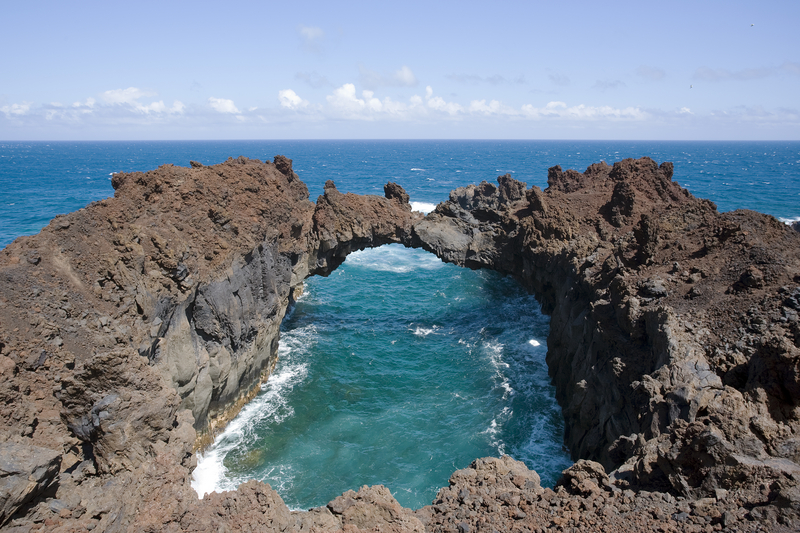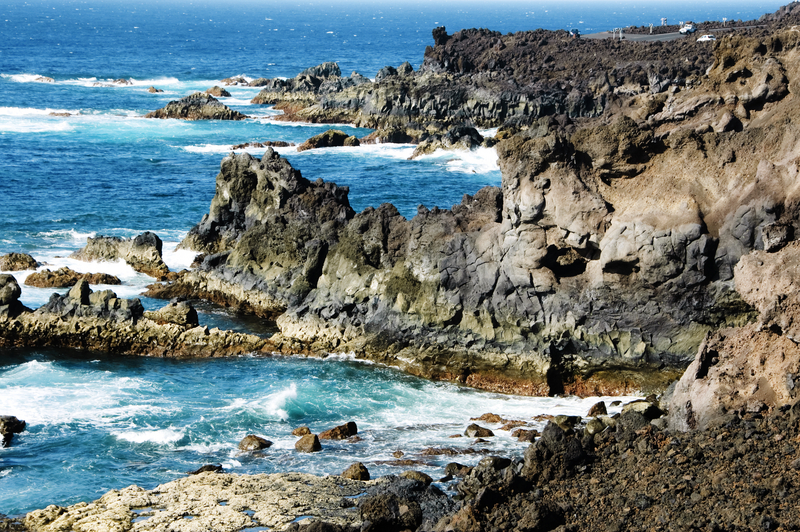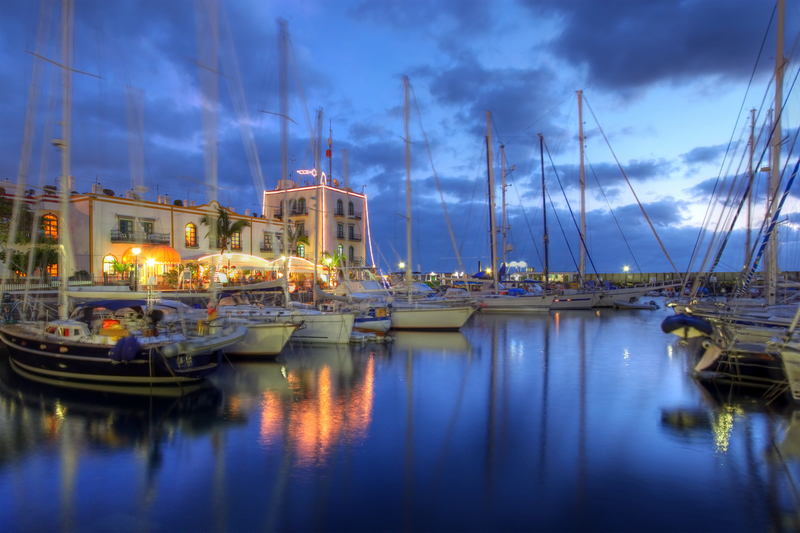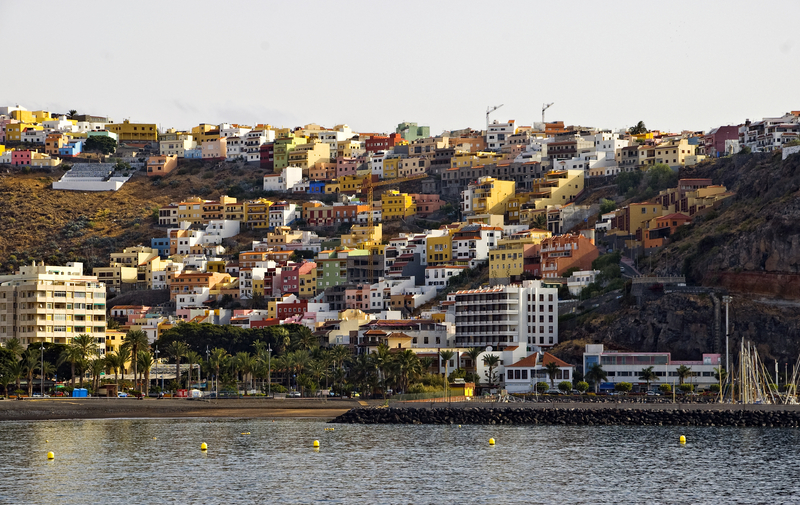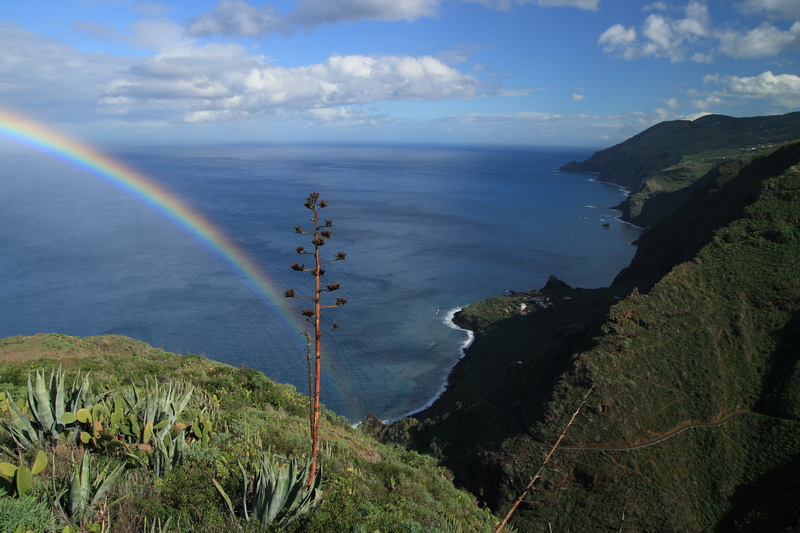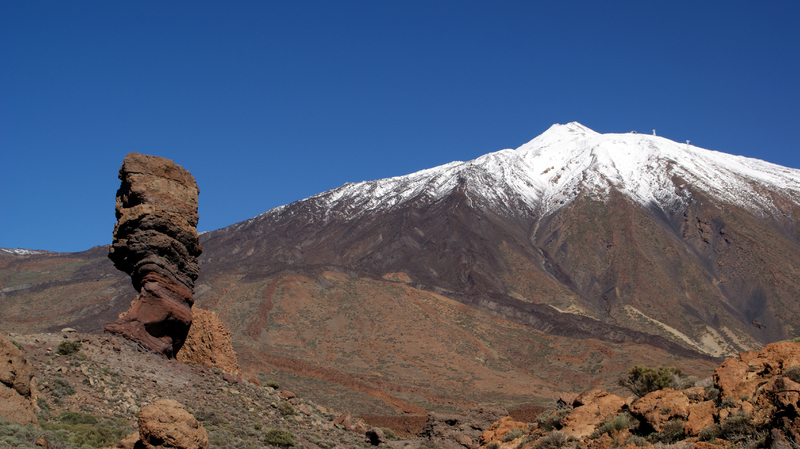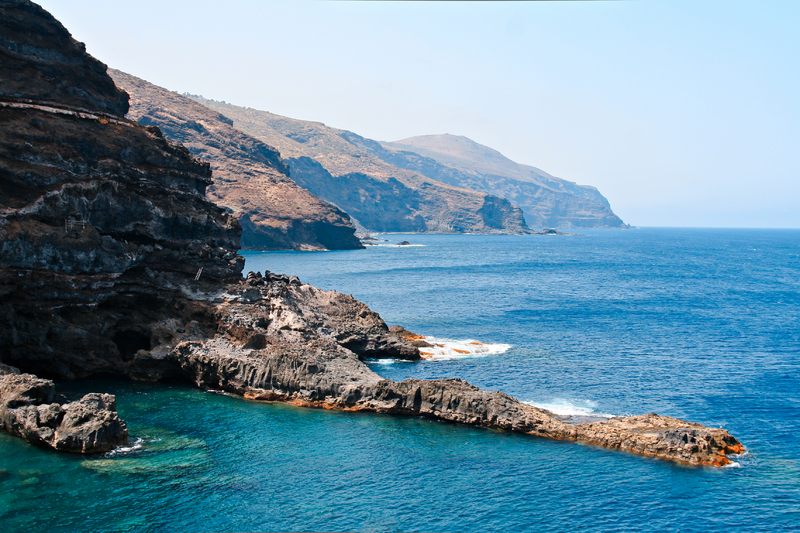Located approximately 100 kilometers off the northwest coast of Africa is the Spanish archipelago of the Canary Islands. Although these volcanic outcroppings have been inhabited since pre-historic times, it was the Gaunches who permanently settled the islands around 1000 BC. Over the ages, the Canary Islands have been visited by sailors and tradesman from Carthage, Rome, Phoenicia and the Arab countries. The islands were conquered by Spain and used as a way station for galleons. It was here that ships carrying the Conquistadors would pick up the easterly trade winds that would carry them to the New World. The Canary Islands would defend themselves against British and French invasions in the early 19th Century and play a role in Francisco Franco’s takeover of Spain in the mid-20th. Today, the Insula Canaria, Latin for island of the dogs, are a self governing autonomous community.
Roll Over Map to Explore the Canary Islands
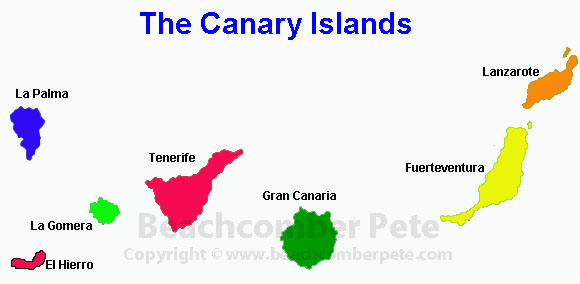
>
The archipelago consists of seven main islands plus several smaller ones. One of the main islands is Tenerife. It boasts the highest mountain in Spain and is the country’s most populated island. The mountain is the Teide volcano, a World Heritage Site and the third largest island volcano on Earth. It is on this island that you will find the modern and iconic Auditorio de Tenerife and the major tourist attraction of the Teide National Park. The island of Fuerteventura is a UNESCO biosphere reserve and is the oldest inhabited of the Canary Islands. Gran Canaria hosts the Maspalomas Dunes, a popular tourist attraction. The island city of La Palma is home to numerous museums that display Canary Island artifacts and reveal the storied history of the islands. The other islands are also home to museums, national parks and historic landmarks. Each island displays in its own way the unique history as well as the natural beauty of the flora and fauna of the islands.
Guests will enjoy the unique sport of Canarian style wrestling and the cuisine of roasted fish, the papas arrugades potato dish and, of course, the local mojo sauce which is the ancestral basis for all Latin American and Caribbean mojo sauces.
Due to its location, the Canary Islands have a subtropical climate that produces long hot summer days and cooler winter days. With this marvelous climate, natural wonders and beaches, the Canary Islands are a major tourist destination attracting over 12 million visitors per year.
|
Canary Islands |
||
|
Airports of Canary Islands |
||
